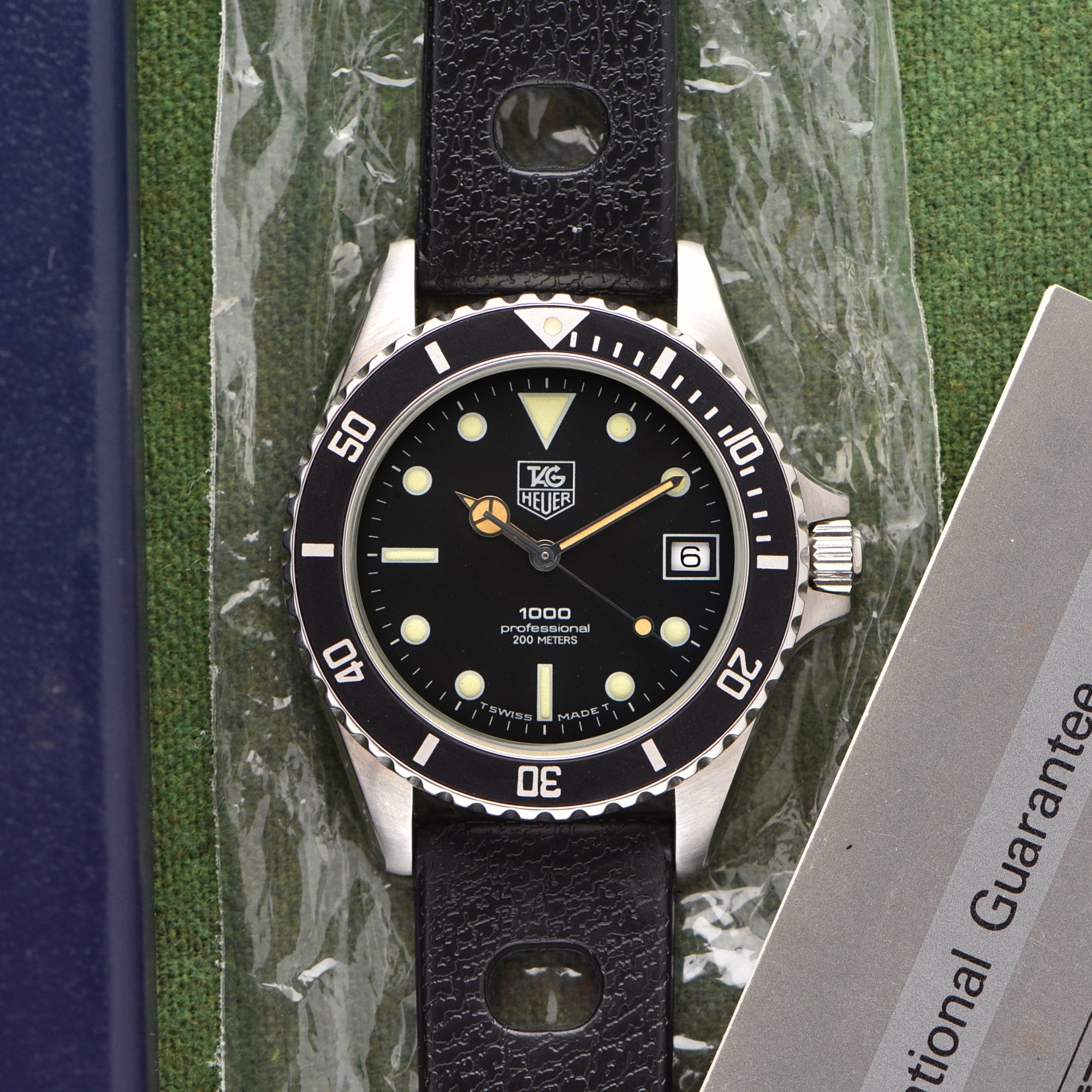
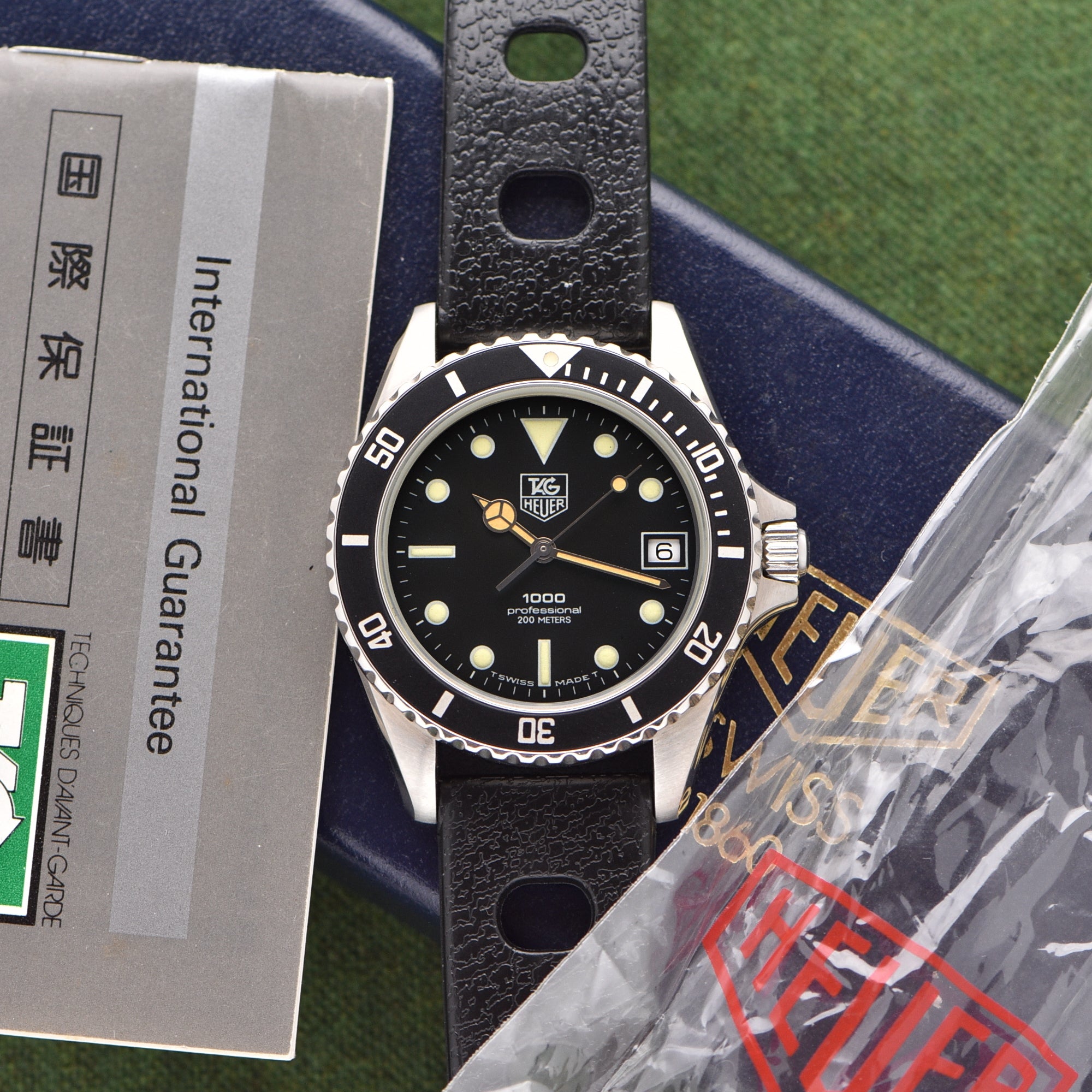
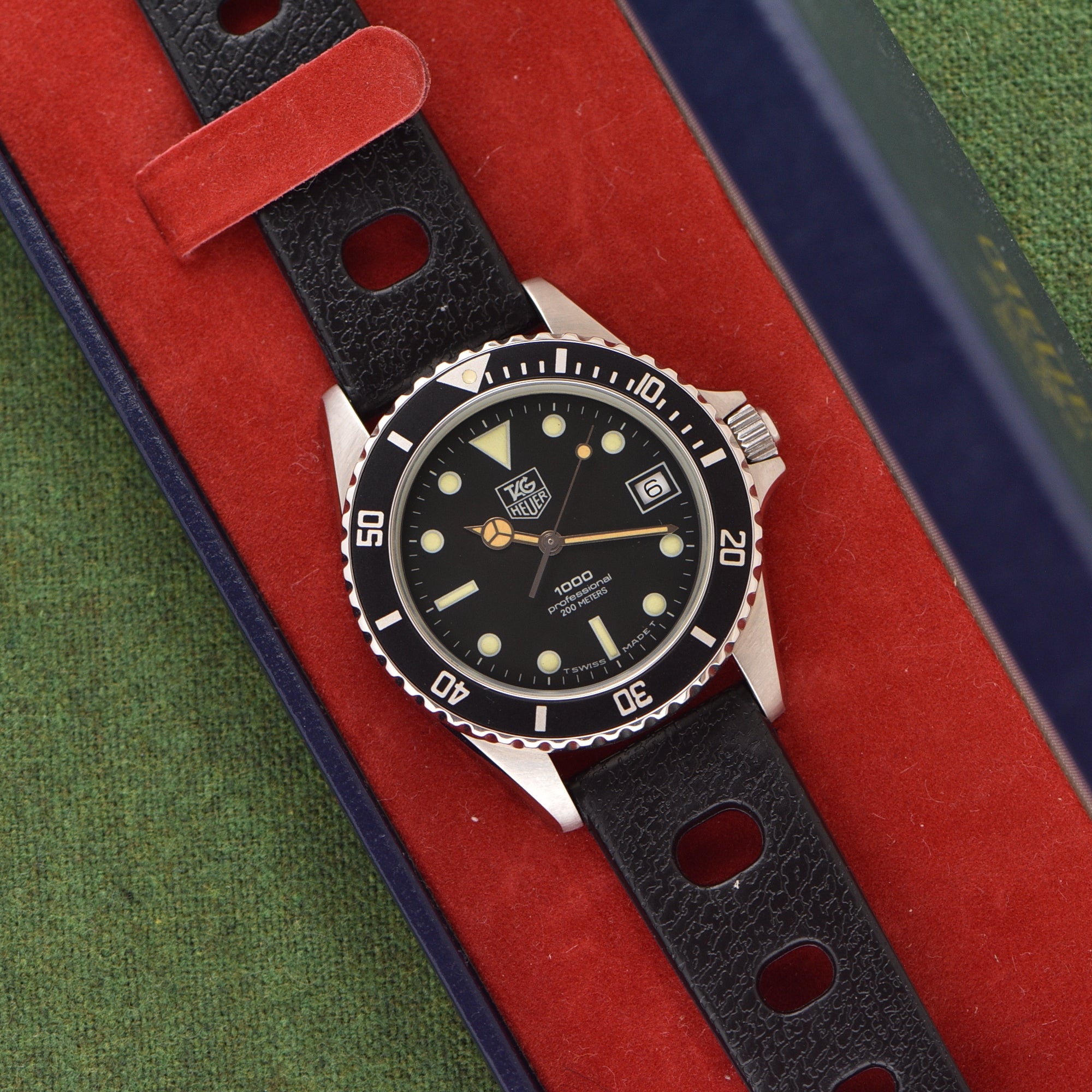
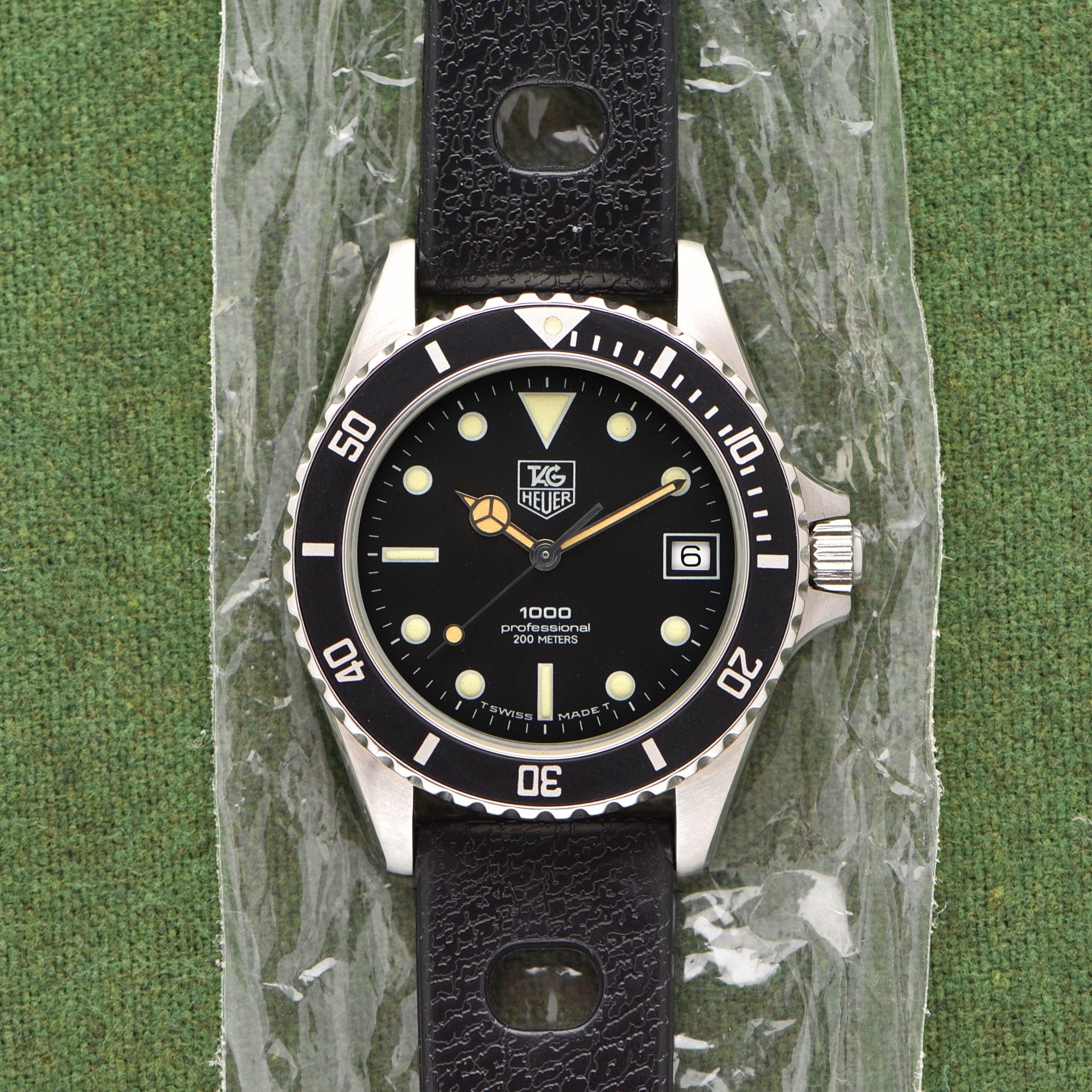

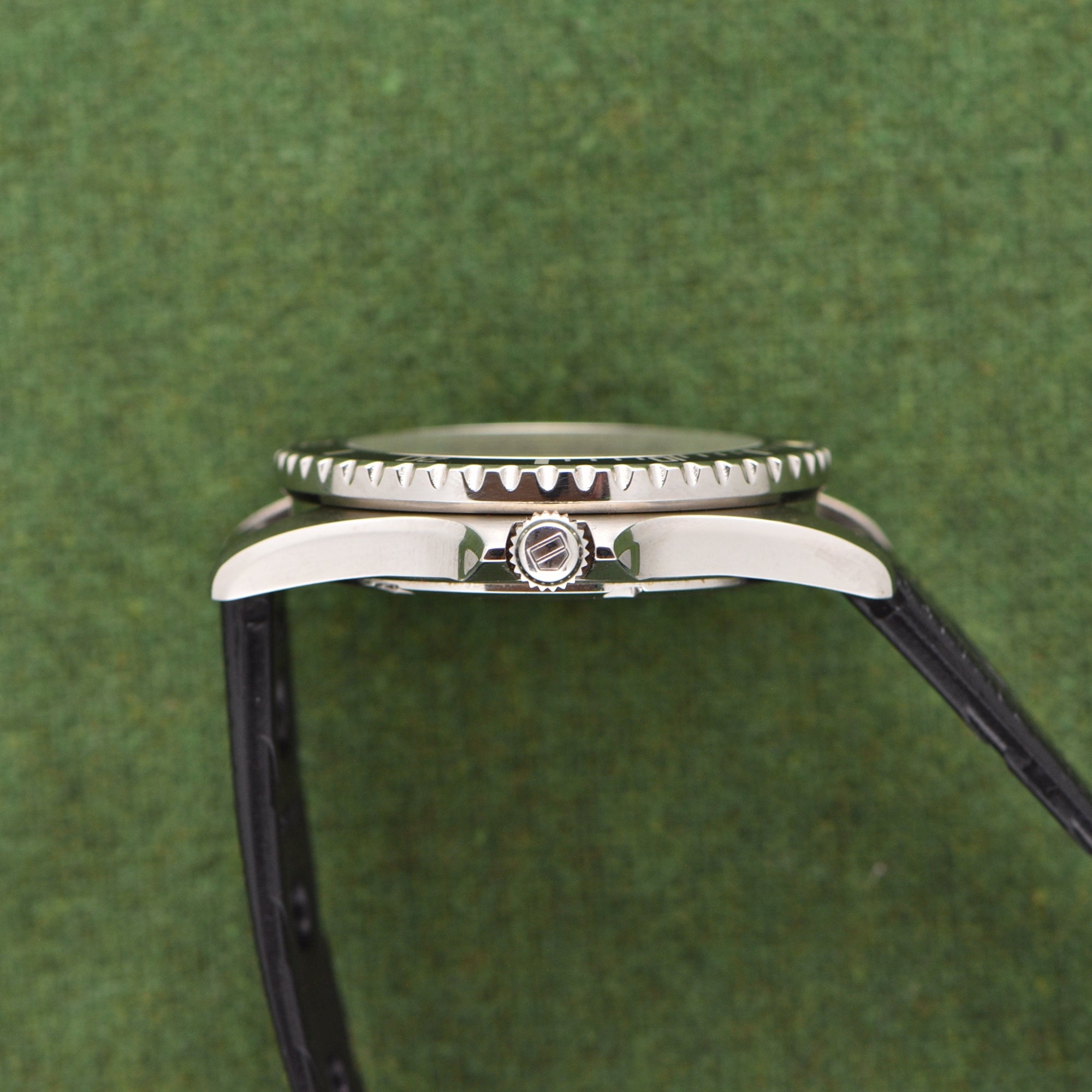
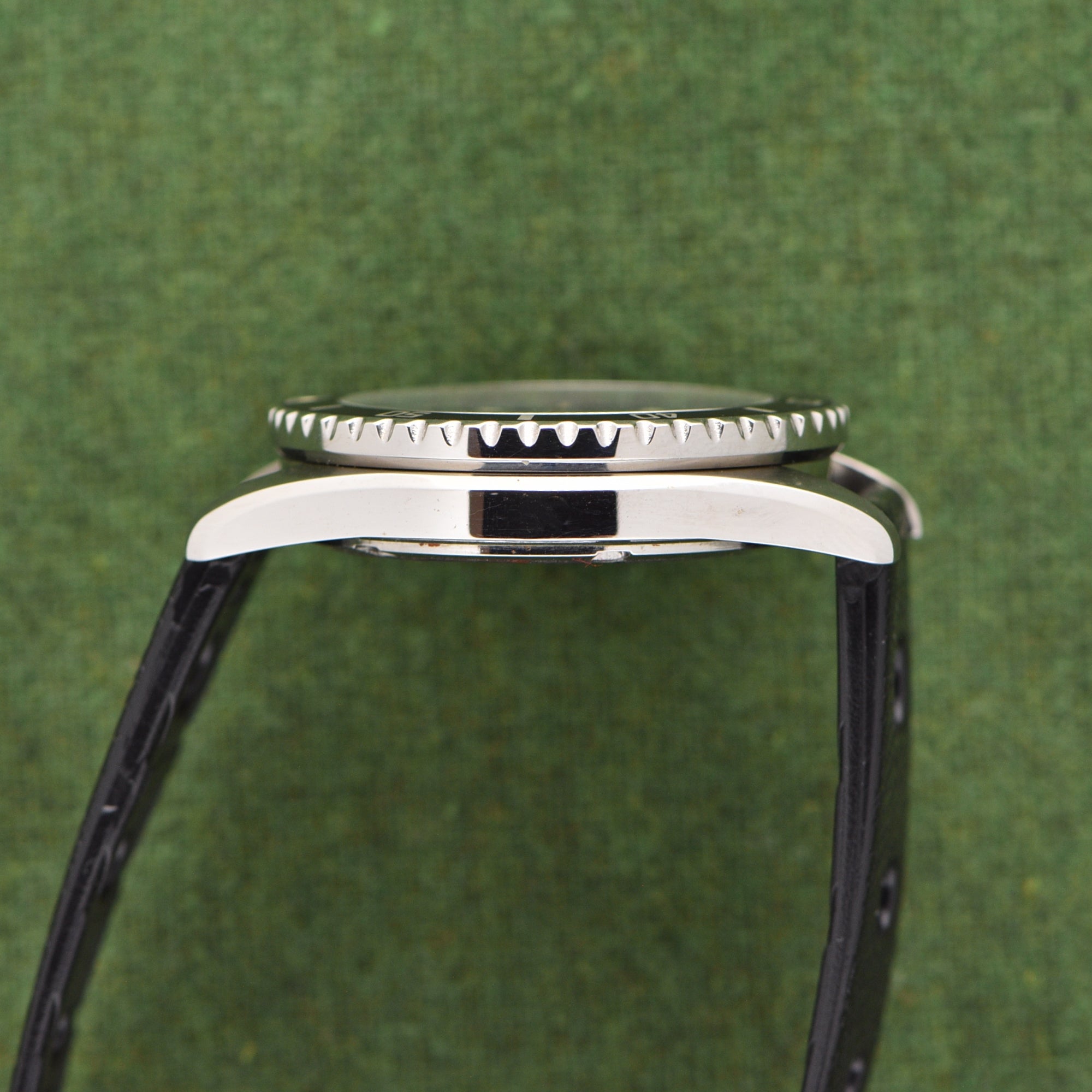

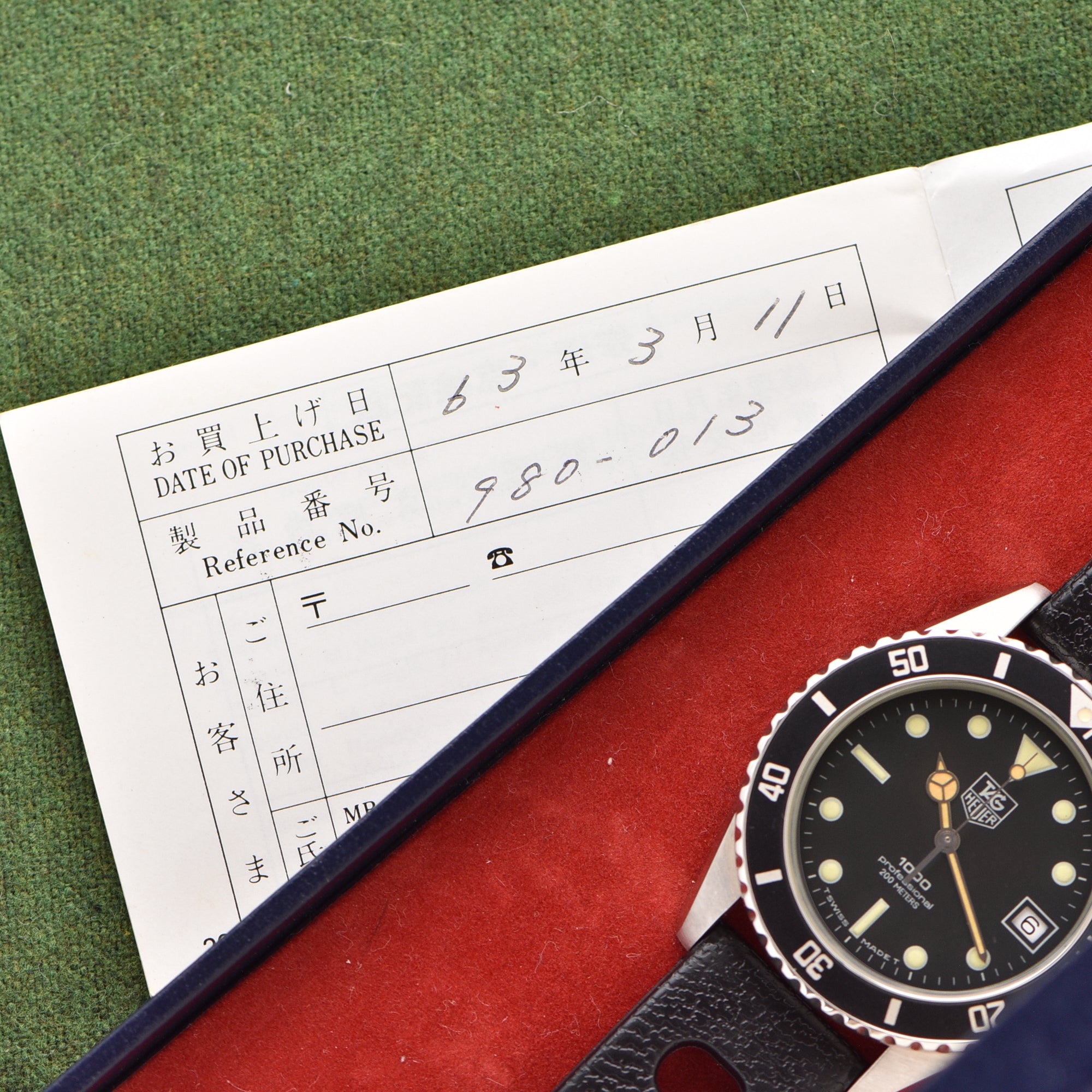

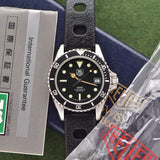

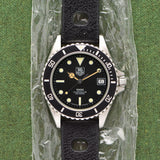
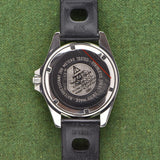
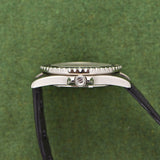
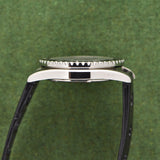
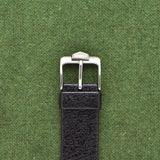
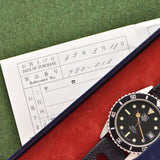
TAG Heuer 1000 Professional Submariner - Brand New, Box & Papers
- Ref 980.013
- Box, Papers, Strap, Buckle
- Specifications
- The Story
- The Brand
Year: 1983
Model: Professional 1000
Case Diameter: 38mm
Lug to Lug: 44.5mm
Case: Steel
Condition: No significant wear as seen
Dial: Black
Movement: Quartz
Condition
This is a brand new and unworn TAG Heuer serviced in 2023. The watch comes with its original box and papers.
In 1979, Heuer faced a decline in its fortunes due to the quartz crisis, which had hit the Swiss watchmaking industry hard. Quartz watches were more advanced than mechanical watches and had reached a lower price point, making them fierce competitors for traditional Swiss companies. A conglomerate of 21 prestigious manufacturers, including Patek Philippe, Rolex, Omega, and IWC, developed their own quartz movement, the Beta-21. This set of industrial skills was different from traditional craftsmanship, and the outlook did not look promising for the Swiss at the time.
During an industry trade show in 1979, Jack Heuer saw an opportunity to create a reliable private-label watch for underwater sports. The Diver Professional was introduced in 1979, offering four different sizes and a multitude of dial configurations. The Diver Professional was inspired by the Rolex Submariner, with its design borrowed from the legendary diver, including the Mercedes hands and crown guards. The price point of the Heuer Diver was compelling, coming in at just a fraction of the price of the contemporary Rolex Submariner. Most of the Heuer divers were powered by quartz movements, though the original 1979 Diver Professional could be had with either a quartz movement or an automatic movement.
The Diver Professional immediately sold very well for Heuer, even after Heuer became TAG Heuer in 1985. After the merger, the line was kept as is and quickly expanded, with the Heuer Professional series eventually becoming the Aquaracer in 2004. The real impact of the Heuer Professional is striking: these dive watches have been a best-seller for Heuer since 1979 without any swanky brand ambassadors or giant marketing campaigns.
The success of the Heuer Divers was due to their defined value proposition: a tool watch from a respectable brand that you can wear with confidence, at a good price. The success was also a reward for Heuer's willingness to embrace the changing tide and ride the quartz wave on its own terms when much of the watch industry struggled to adapt.
The history of the Heuer brand dates back to 1860 when Edouard Heuer established his watch manufacturer in La Chaux-de-Fonds, Switzerland. Heuer spent two decades acquiring unique patents and establishing its reputation for creating highly precise and accurate timepieces. He was granted his first patent in 1869 for a crown-operated winding system for pocket watches and the "oscillating pinion" for stopwatches. Heuer's sons Jules-Edouard and Charles-Auguste took over the company, patenting one of the first water-resistant cases for pocket watches.
The company continued to grow in the next decade, driven by its partnership with Henri Freund & Bros. and the introduction of product novelties. The first wrist chronograph of the brand, the "Mikrograph," hit the market in 1914, and the "Auto-Graph" was introduced in 1948. In 1958, they introduced dashboard timepieces such as the Super Autavia chronograph, the Sebring split-second timer, and the Monte Carlo twelve-hour stopwatch.
In 1958, Jack Heuer, Charles-Edouard Heuer's son, took over the company and became head designer, responsible for the brand's most famous creations, including the Carrera and the Monaco. The 1960s saw the Heuer brand deeply enmeshed in the auto-racing world, with Formula 1 drivers wearing Heuer chronographs.
In 1985, Techniques d'Avant Garde (TAG) acquired the brand, leading to the modern era of experimentation. TAG Heuer revived some models from the 1950s and 1960s, made larger chronographs, and introduced daintier models for ladies. Before the new millennium, Moët Hennessy Louis Vuitton (LVMH) acquired TAG Heuer, introducing new approaches to the brand. Today, Tag Heuer offers a wide range of timepieces, known for record-breaking precision and bold aesthetics.
TAG Heuer 1000 Professional Submariner - Brand New, Box & Papers
Authenticity Guaranteed
All our watches are carefully inspected to insure and guarantee the authenticity.
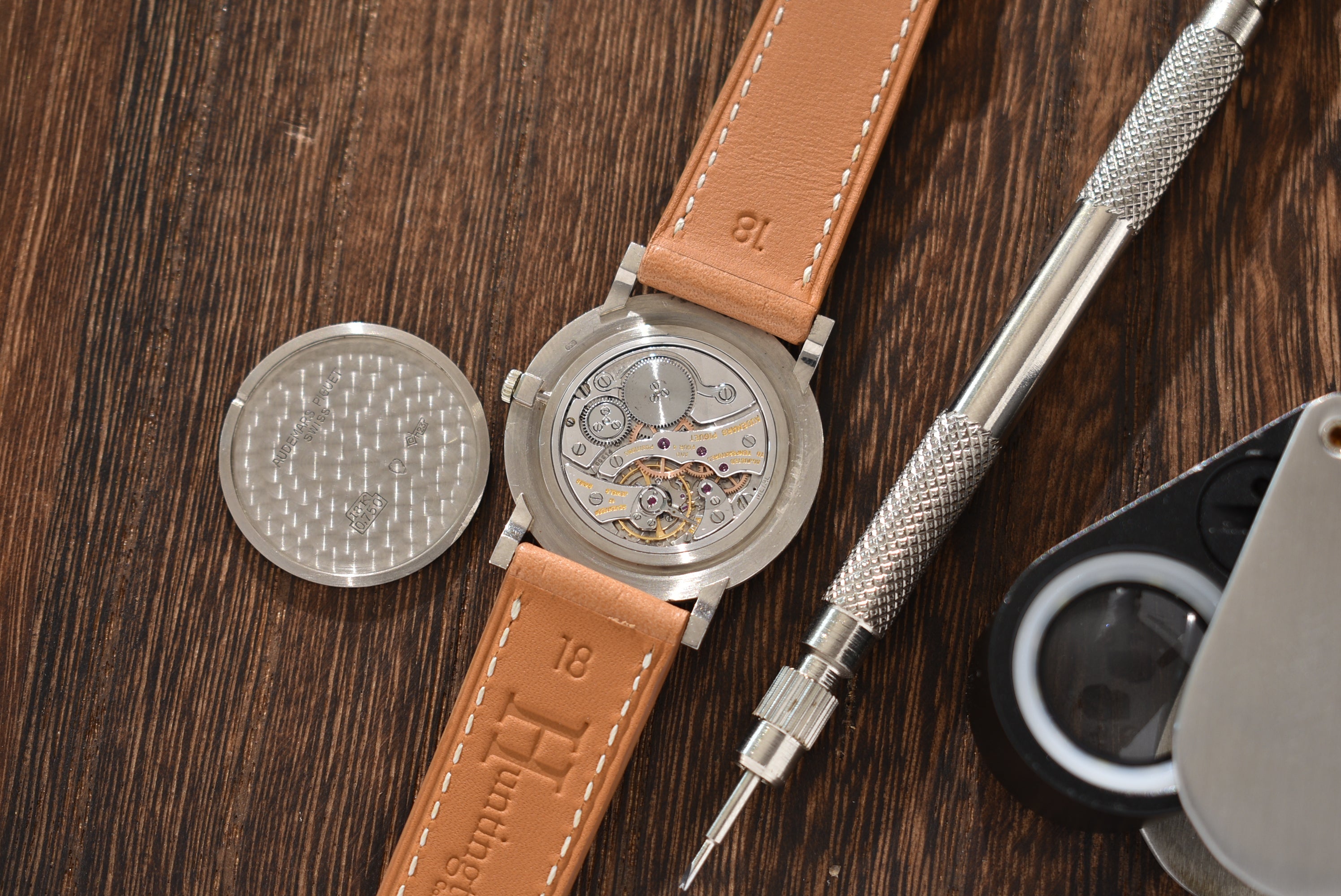
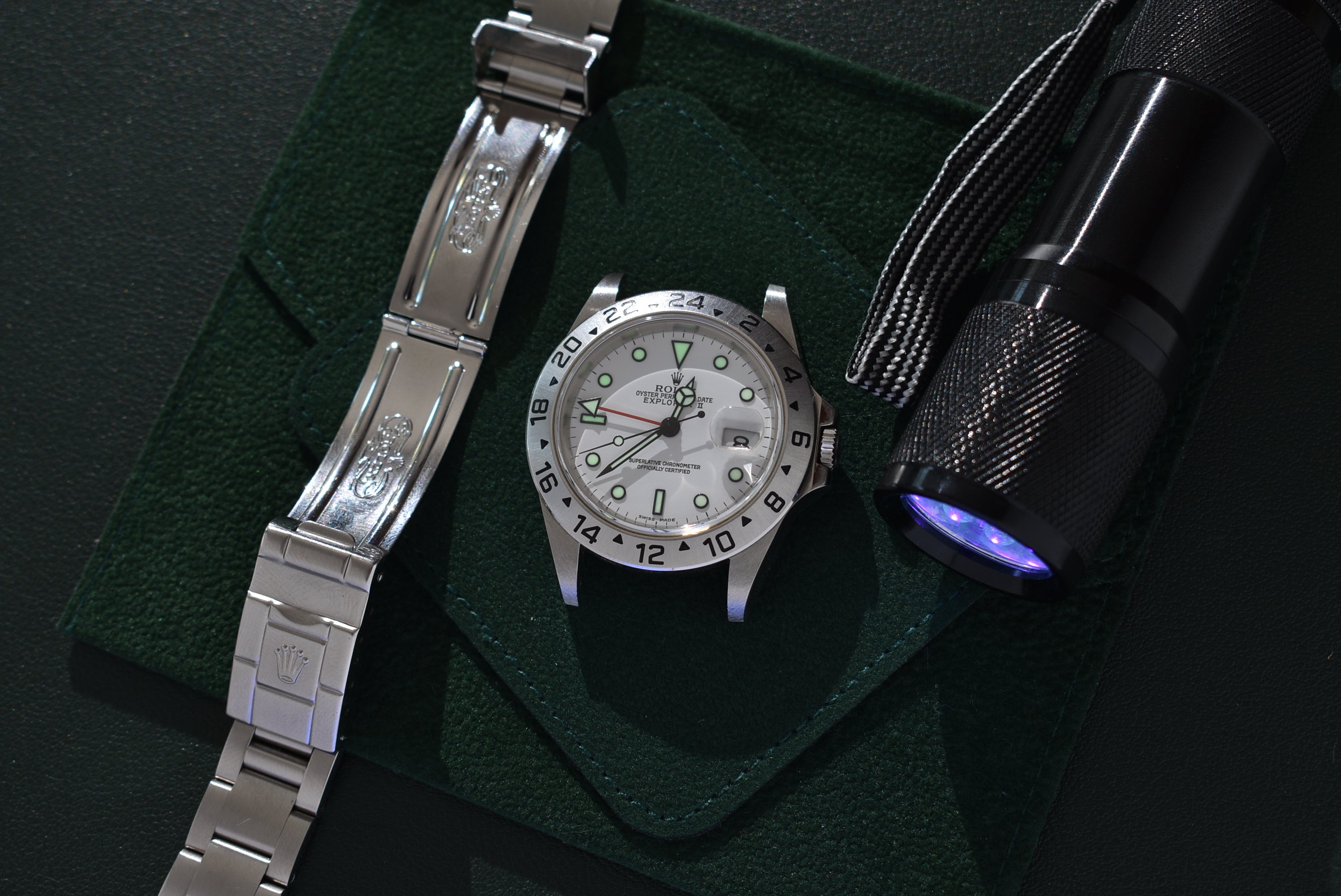
The Details
All our watches are scrutinized during inspection to make sure our descriptions are as accurate as possible.
- Related products
- Recently viewed
